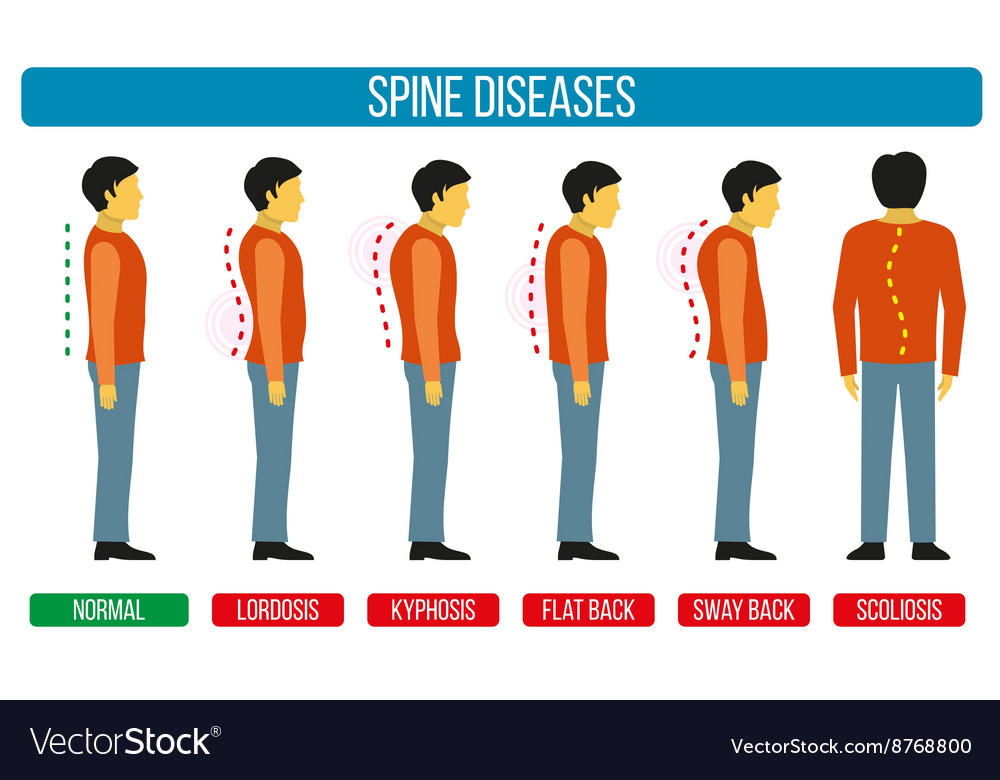The Relationship In Between Stance And Back Pain: Techniques For Preserving Proper Placement Throughout The Day
The Relationship In Between Stance And Back Pain: Techniques For Preserving Proper Placement Throughout The Day
Blog Article
Written By-Fletcher Bennett
Maintaining appropriate position isn't practically sitting up right; it has to do with aligning your body in a manner that sustains your back and minimizes the risk of back pain. The method you rest, stand, and relocate throughout the day can considerably impact your spine health and wellness. But exactly how precisely can you make certain good positioning consistently, also during hectic days filled with numerous activities? Let's delve deeper right into the subtle yet impactful changes you can make to your daily routine to keep your back satisfied and healthy and balanced.
Importance of Appropriate Stance
Correct stance is critical in preserving a healthy and balanced back and preventing pain. When you sit or stand with excellent pose, your spine is in positioning, reducing pressure on your muscular tissues, ligaments, and joints. This placement allows the body to disperse weight uniformly, avoiding extreme anxiety on specific locations that can result in discomfort and discomfort. By maintaining lower back pain in men straightened, you can likewise enhance your breathing and food digestion, as slouching can press organs and limit their functionality.
In austin integrative medical group , preserving great pose can boost your total look and self-confidence. When you stand tall with your shoulders back and head held high, you exude confidence and appear more friendly. Good position can likewise make you feel a lot more energized and alert, as it promotes appropriate blood flow and allows your muscular tissues to work successfully.
Integrating correct posture into your day-to-day routine, whether resting at a desk, strolling, or working out, is crucial for preventing pain in the back and advertising overall well-being. Remember, a tiny change in just how you hold yourself can make a considerable difference in exactly how you feel and operate throughout the day.
Common Postural Mistakes
When it pertains to keeping great stance, many people unwittingly make typical mistakes that can contribute to back pain and pain. One of the most widespread mistakes is slouching or stooping over while sitting or standing. chronic low back pain on the spine and can lead to muscle mass imbalances and pain in the long run.
An additional usual blunder is overarching the reduced back, which can flatten the natural contour of the spine and create pain. Furthermore, going across legs while sitting might feel comfy, but it can develop an inequality in the hips and hips, bring about postural concerns.
Using a pillow that's also soft or too solid while sleeping can additionally affect your placement and contribute to back pain. Last but not least, regularly craning your neck to check out displays or adjusting your placement frequently can strain the neck and shoulders. Being mindful of these usual postural mistakes can help you maintain better placement and minimize the danger of neck and back pain.
Tips for Correcting Alignment
To improve your alignment and reduce pain in the back, it's vital to concentrate on making small adjustments throughout your everyday regimen. Start by being mindful of your pose. When resting, guarantee your feet are flat on the flooring, your back is straight, and your shoulders are unwinded. Avoid slouching or leaning to one side. Use ergonomic chairs or paddings to sustain your reduced back.
When standing, distribute your weight equally on both feet, keep your knees a little bent, and embed your hips. Engage your core muscle mass to sustain your back. Take breaks to stretch and walk around if you have an inactive work. Include workouts that enhance your core and back muscle mass, such as planks or bridges.
While sleeping, use a pillow that sustains the natural contour of your neck to maintain appropriate back alignment. Stay clear of sleeping on your tummy, as it can strain your neck and back. By bearing in mind these ideas and making small changes, you can gradually remedy your positioning and ease neck and back pain.
Conclusion
Remember, maintaining good posture is key to preventing back pain and advertising spinal health. By bearing in mind your alignment, dispersing weight uniformly, and involving your core muscles, you can reduce strain on your back and lessen the threat of discomfort and injury. Include ergonomic assistance, take routine breaks to stretch, and strengthen your core and back muscles to preserve proper positioning throughout the day. Your back will certainly thank you for it!
